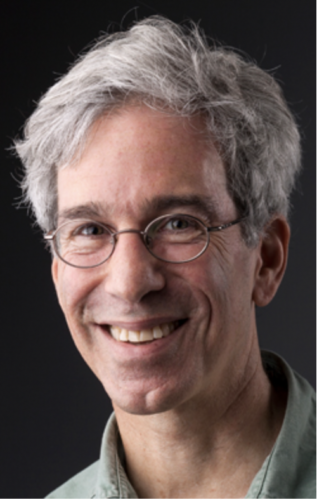Image courtesy of Marc Abrahams.
Have you ever wondered about the physics behind why our cereal becomes soggy in milk, the most efficient way to turn a doorknob, an advanced toilet that analyzes what we excrete, or a method of identifying narcissists by looking at their eyebrows? The ideas may seem silly—improbable, even—but this is exactly the type of research that Marc Abrahams celebrates.
After graduating in applied mathematics from Harvard University, Abrahams spent the early years of his career running a software company and writing humorous, inquisitive articles about science. But one day, a question struck him: Were there any journals that would publish the type of bemusing—yet very real—topics he wrote about?
In 1995, Abrahams took matters into his own hands and co-founded a magazine that did just that: the Annals of Improbable Research (AIR). AIR’s website reads: “Real research, about anything and everything, from everywhere—research that’s maybe good or bad, important or trivial, valuable or worthless.” Four years earlier, Abrahams had also founded the Ig Nobel Prize Ceremony—an honor bestowed to researchers of both the unusual and the imaginative.
Every year, traditional Nobel Laureates award Ig Nobel Prizes to the winners in a grand ceremony, which took place at Harvard University before the COVID-19 pandemic. Thousands of award nominations come in every year, but only a select few are chosen. 1,100 spectators crowd into a room as paper airplanes fly in a dizzying flock above their heads and mini opera songs are bellowed across the stage. And looming above it all is the official mascot, “The Stinker”—a rendition of Auguste Rodin’s The Thinker statue fallen onto its back with its buttocks in the air.
If that mental image made you pause and chuckle (internally or externally), then the ceremony did exactly what it intended. Abrahams’ work injects fun into science—the AIR and the Ig Nobel Prizes are united by an important goal: “to honor achievements that make people LAUGH, then THINK.”
Abrahams argues that research is a process of discovery, one that ascribes importance to topics over time. Sometimes, the most important scientific advancements can be overshadowed for many years, their importance not discovered until much later. “Sometimes it’s years, sometimes it’s decades, and sometimes it’s centuries before people realize you can use [a discovery] to do something, and it changes everything,” Abrahams said. “The fact that something doesn’t seem important doesn’t really mean it’s not.”
As such, Abrahams brings attention to research that is often overlooked in the scientific community, and which the public may otherwise never learn about. From this perspective, humor acts as the driving force behind the success of the AIR and Ig Nobel Prizes. On the one hand, humor can draw in both scientists and non-scientists alike. It’s one thing to sit in a crowded auditorium and watch researchers be solemnly awarded prizes; it’s another thing to watch the same researchers present their research in an exciting, often quick-witted way.
At the same time, people may begin to pause and contemplate scientific research in ways they never had before. If you heard about a group of scientists who invented a toilet that analyzes excrement, you might be slightly grossed out at first, but you might also start to wonder: What technologies did they develop? Does this have applications for public health? Can we utilize the technology somewhere else?
“This is a way of bringing a lot of stuff to people’s attention—stuff they would probably try to normally stay away from,” Abrahams said. “But now it’s the thing they want to know about most.”Abrahams is known by many monikers: “the Puck of Science” by The Journal of the Academic Medical Association and “the nation’s guru of academic grunge” by The Washington Post, to name a few. But talking to him, while he cracks jokes with a blown-up banner of “The Stinker” behind him, reveals who he is at heart: a scientist, guided by humor, with a profound drive to revitalize science.

